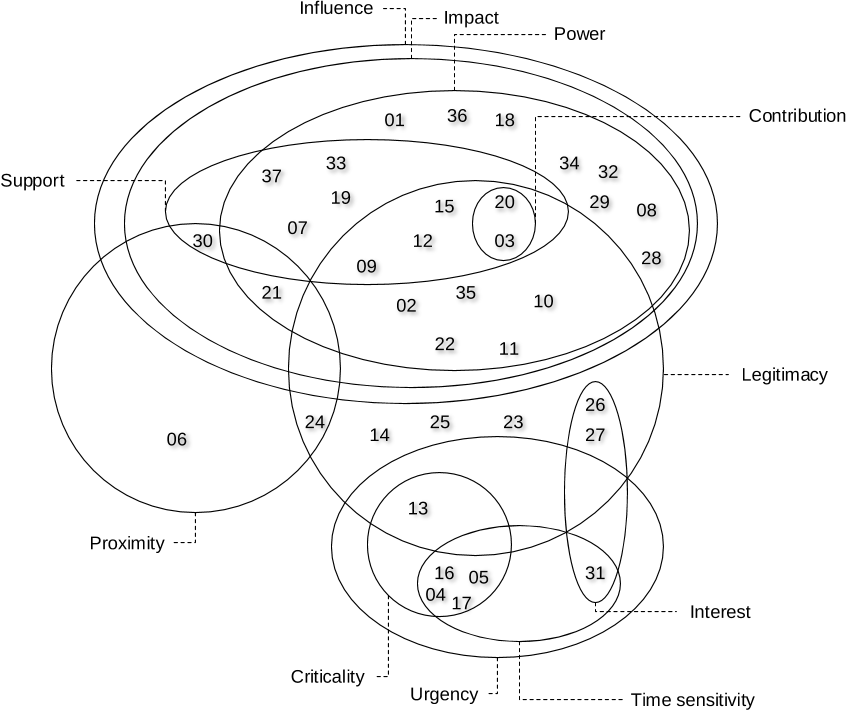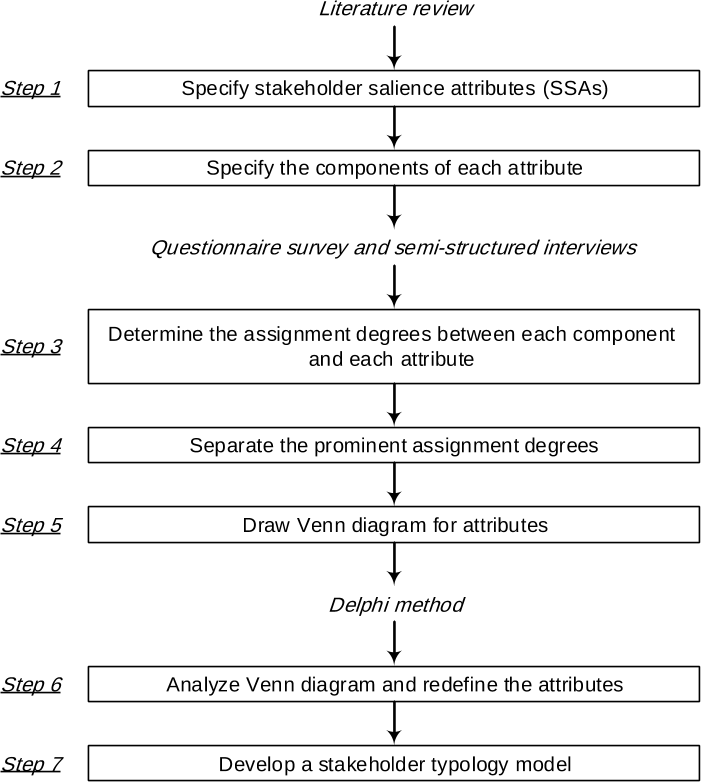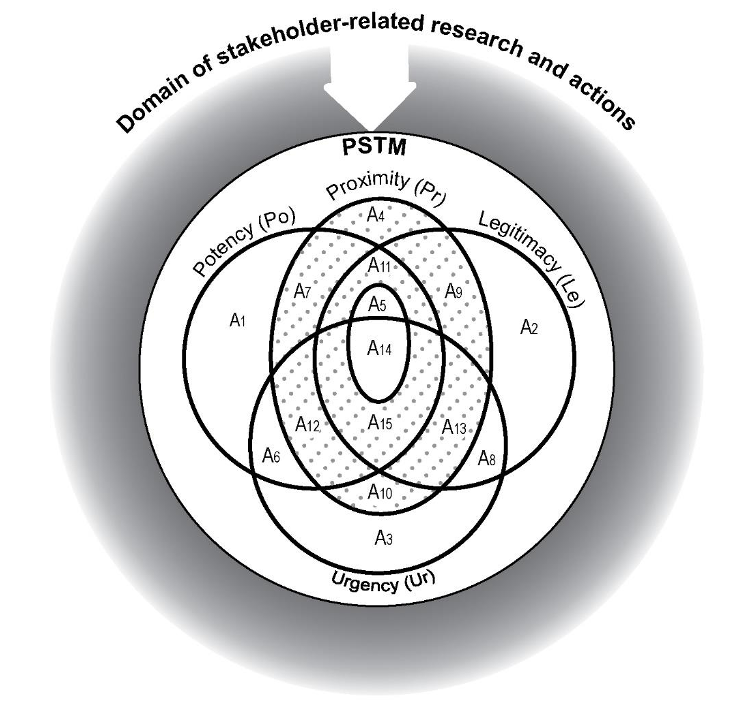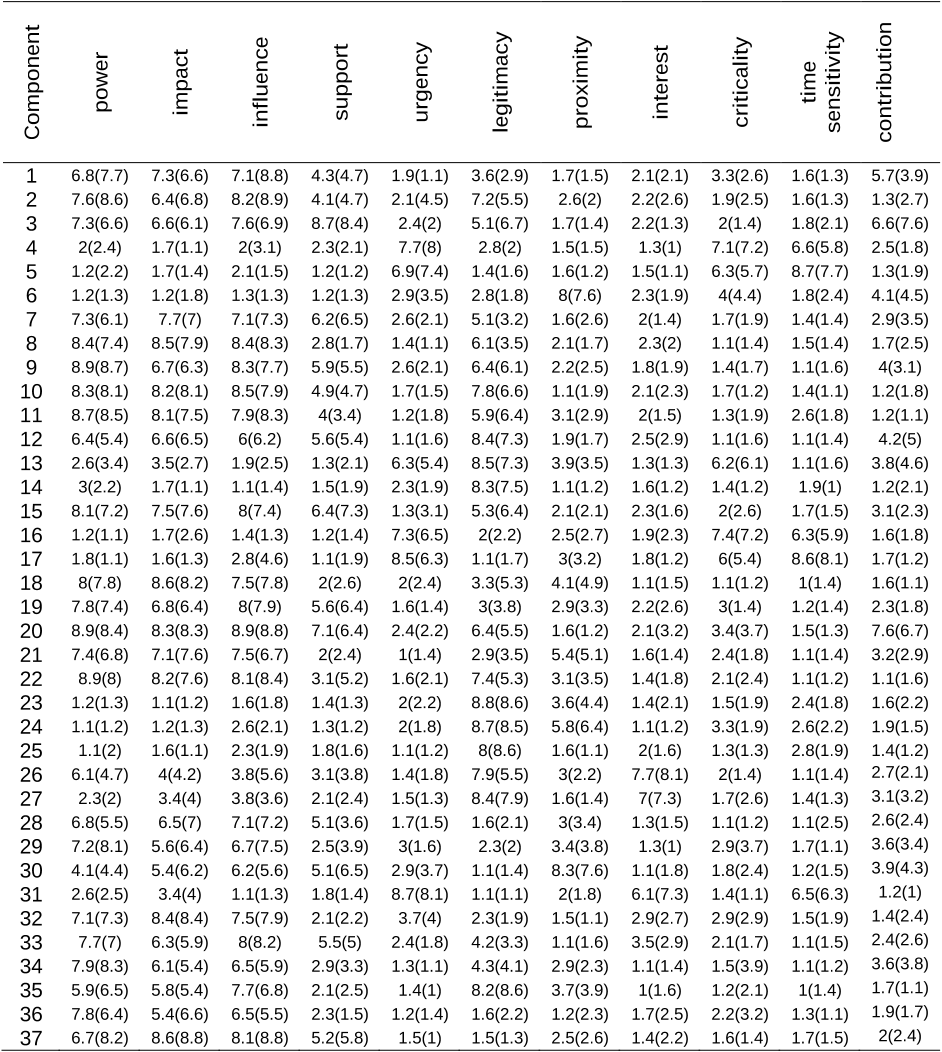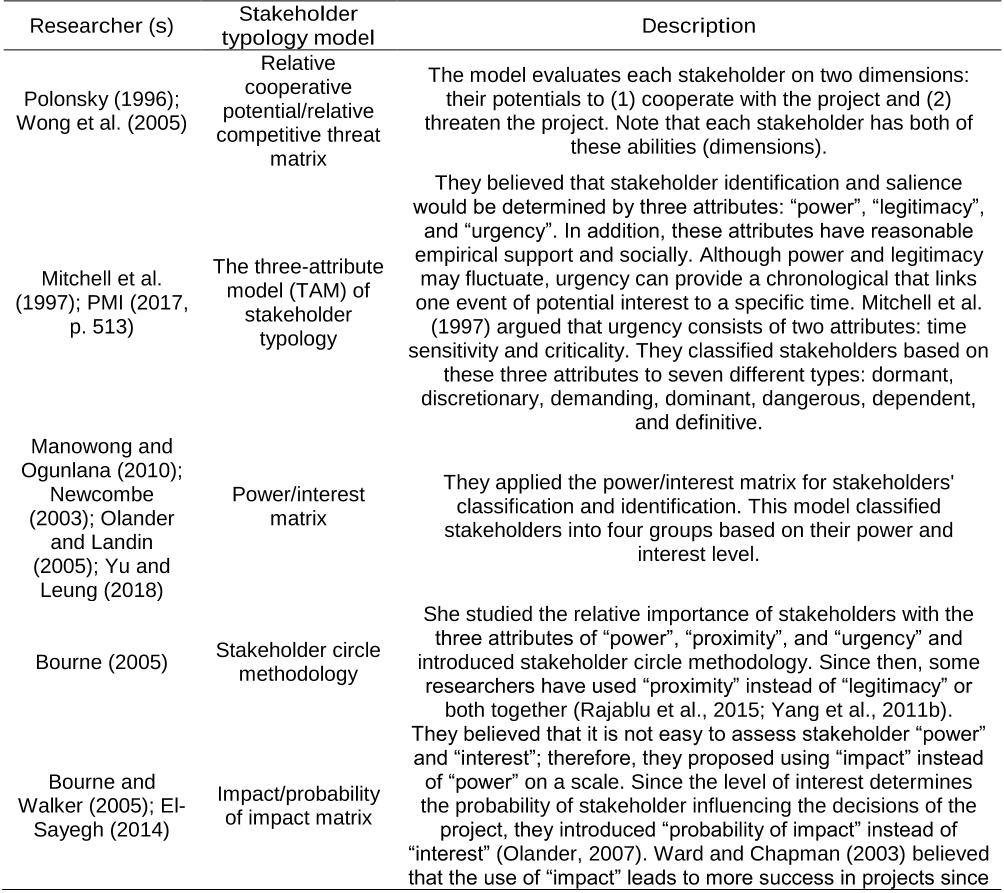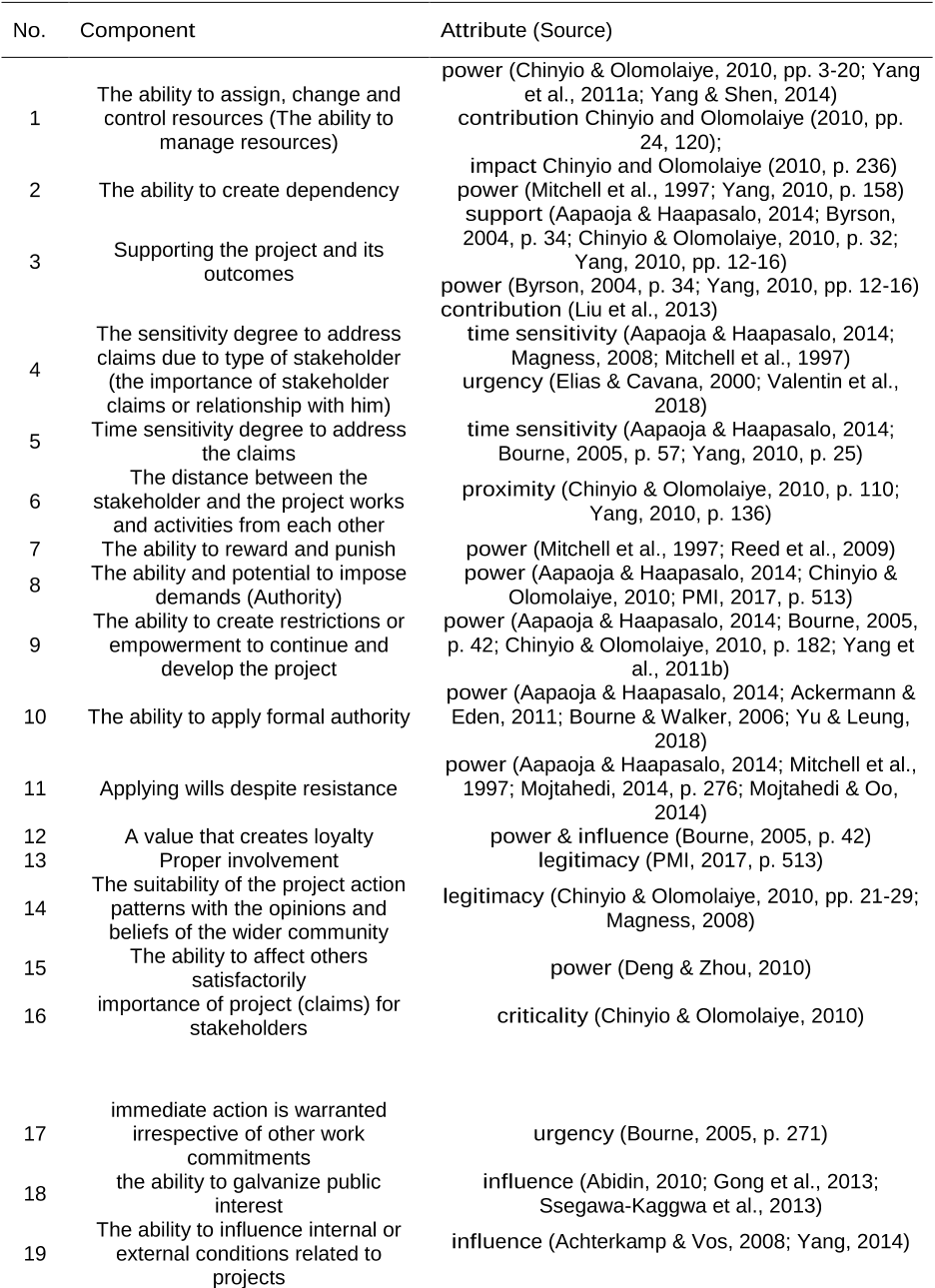Abstract: Stakeholder theory is widely accepted but elementary aspects remain indeterminate as the term ‘stakeholder’ is an essentially contested concept (Miles, J Bus Ethics 108:285–298, 2012; Mitchell, Organ Stud 33:1407–1411, 2012), being variously describable, internally complex and open in character (Gallie, Proc Aristot Soc 56:167–198, 1956). Such contestability is highly problematic for theory development and empirical testing. The extent of essential contestability, previously unknown, is demonstrated in this paper through a bounded systematic review of 593 different stakeholder theory definitions. As an essentially contested concept, the solution does not lie in a universal stakeholder definition, but in debating the boundaries of stakeholder identification. To this end, this paper presents the first major attempt at sorting, filtering and ordering stakeholder theory and stakeholder definitions to produce a comprehensive, multi-dimensional classification of stakeholder theory. The constructs of the classification model juxtapose existing stakeholder theories and contributions from across the multi-contextual applications of stakeholder theory, thereby providing an invaluable overview of what we know about stakeholder theory in one model. The classification model is then tested with positive results. The paper concludes with a comprehensive discussion of the implications of classification stakeholder theory definitions, which has for future research.
